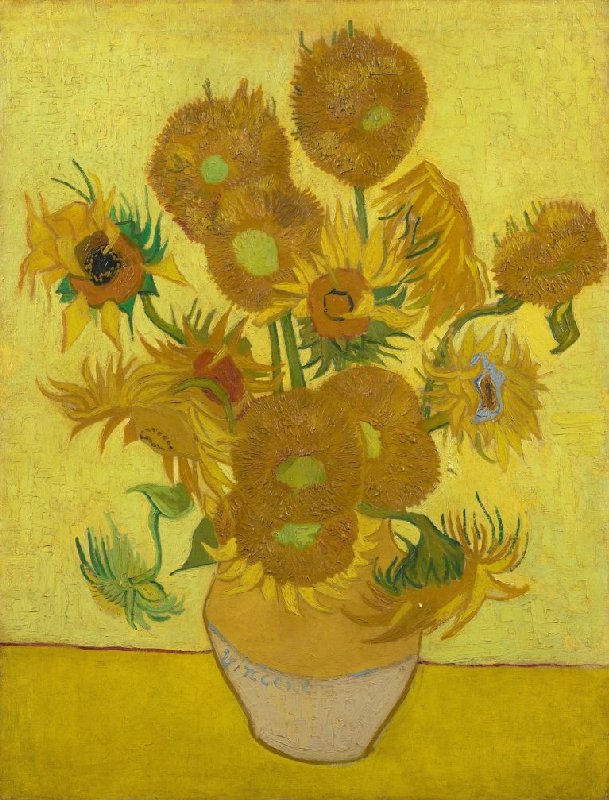Opinion: Is vandalizing art an appropriate form of protest?
Finding the line in climate activism
The Sentinel’s Connor Foley explores the issue of vandalizing art for social activism. Activists threw soup on the Vinvcent Van Gogh paintng, “Sun Flowers” in October.
On Oct. 14, two climate activists threw a can of soup onto a painting by Vincent Van Gogh, called “Sunflowers” that stood in room 43 of London’s National Gallery museum. Once the can was emptied, both activists glued a hand to the wall, with their shirts brandishing the slogan “Just Stop Oil.”
One activist, 21-year-old Phoebe Plummer, started talking, highlighting how our climate is more important than historical pieces of art. Shortly after, the two were arrested.
Public opinion is greatly divided over the matter. Many have pointed out that smearing soup on a Van Gogh painting has nothing to do with saving the climate, and only damages a famous piece of art. On the other hand, people have argued that acts like these of public vandalism are needed to put the topic of climate change and the effect of fossil fuels into the media spotlight. They argue that continuing to push against the use of fossil fuels passively will not stir enough public attention and debate to force real change.
Personally, it is all about finding the right balance, so as to not upset more conservative-minded folk who adhere against vandalism and push them farther away from the cause. In a perfect world, the public would realize the severity of climate change and the proliferation of fossil fuels on the environment, but unfortunately, we need to reach out to the neutral and the deniers in passive, but still strong statements.
The issue with public vandalism is that people who would otherwise support “Just Stop Oil” and other organizations like them may feel alienated because of their association with organizations who support vandalism. It was later revealed that the painting stood behind a thin layer of glass, with there being only minor damages done to the piece. However, after seeing the headline, “Climate Activists Vandalized a Van Gogh,” conservative-minded people will already formulate negative opinions towards the activists before reading about the issue or the fact that there was minimal damage to the painting.
Ultimately, the issue of finding the right balance in protesting methods towards the fight against fossil fuels is a greatly complex one. Vandalizing a painting in the name of climate activism is a very polarizing event for public opinion, so until the public realizes that our climate is more important than a Van Gogh, there will continue to be backlash against these acts that overshadows the existentially important message behind that can of soup.










